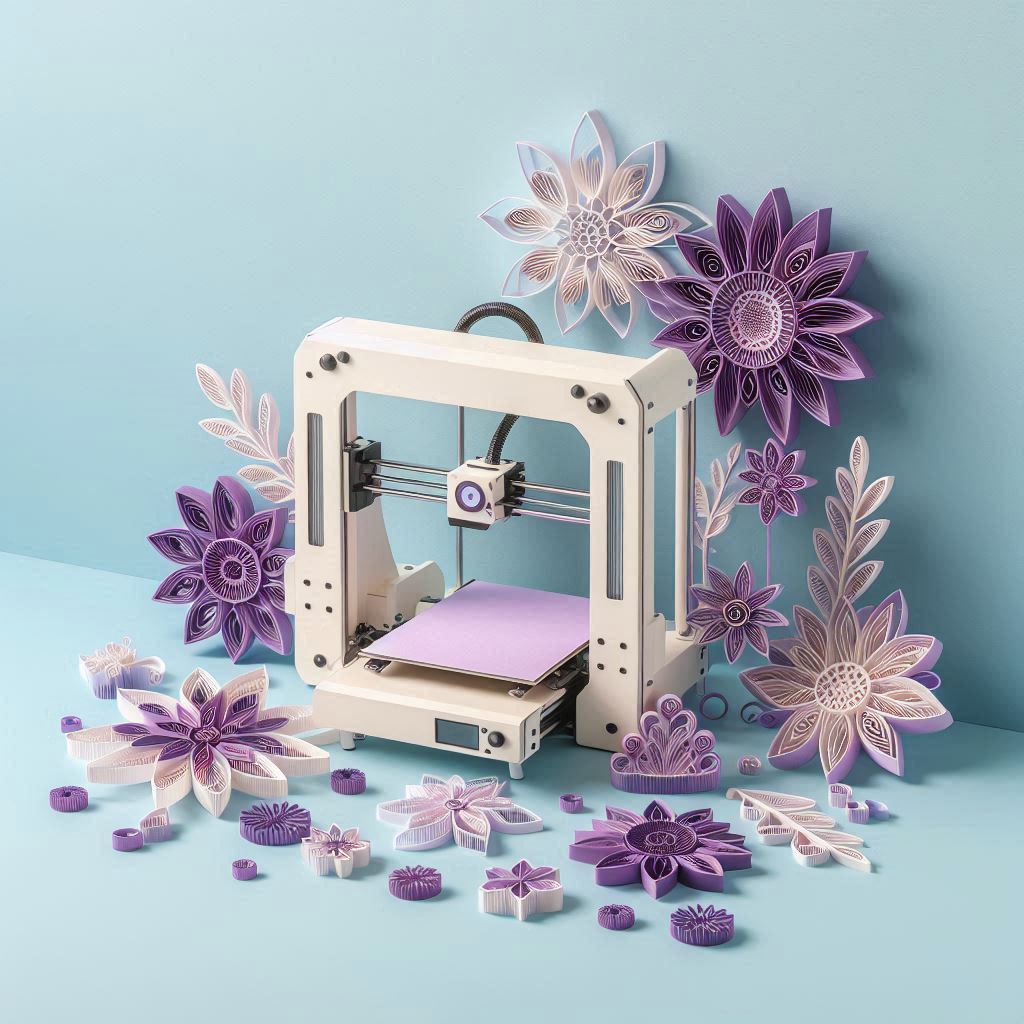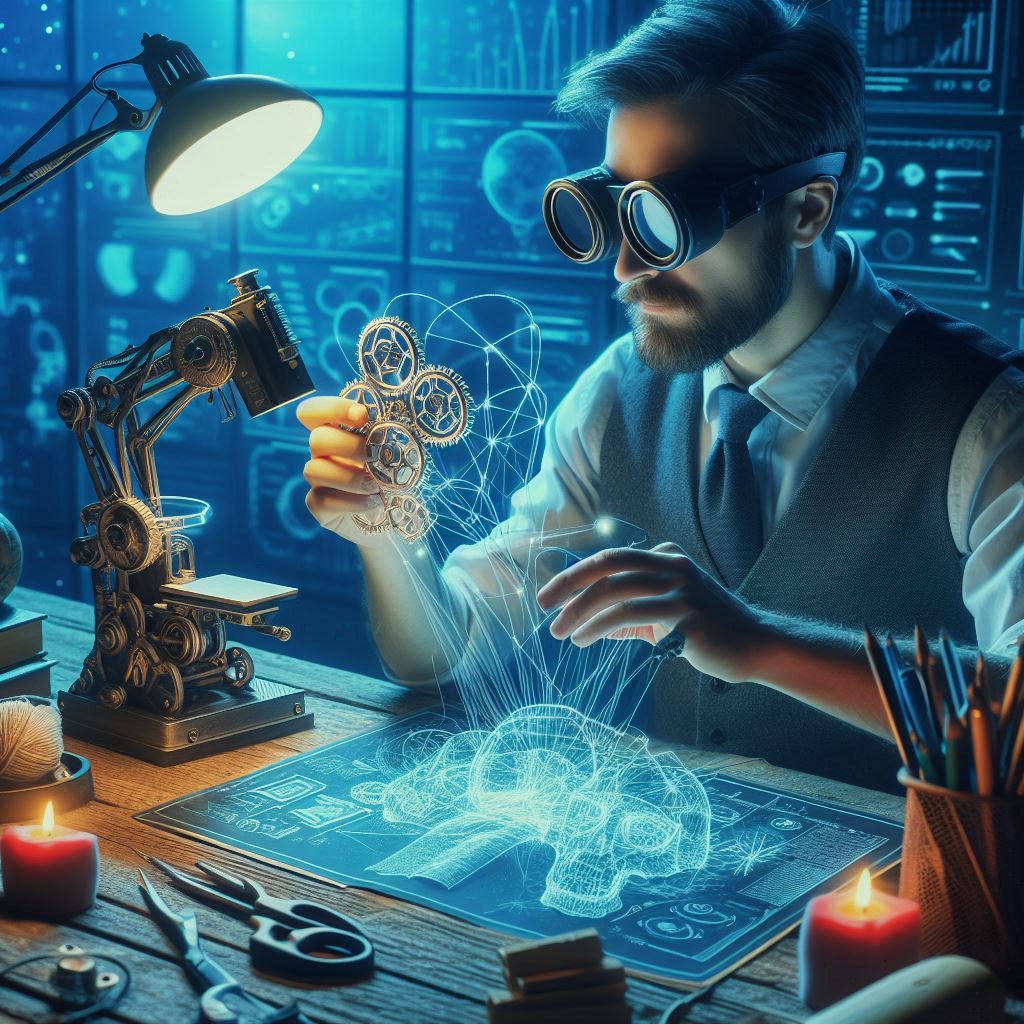Are you a passionate 3D printing enthusiast always on the lookout for ways to improve your printing system? While 3D printing technology has come a long way in recent years, there are still areas where innovation and enhancement can take your printing experience to the next level. In this article, we’ll explore some key areas where your 3D printing system might be lacking and discuss ways to fill those gaps.
1. Speed and Efficiency
One common concern among 3D printing enthusiasts is the speed and efficiency of the printing process. Traditional 3D printers can be slow, especially when printing complex or large-scale objects. Additionally, inefficient printing processes can lead to wasted time and materials, ultimately impacting the overall productivity of your printing system. To address this issue, consider upgrading to a faster and more efficient 3D printer model that utilizes advanced printing technologies such as continuous printing or high-speed printing.
2. Print Quality and Precision
Another area where many 3D printing systems fall short is in print quality and precision. Low-resolution prints, layer lines, and inaccuracies can detract from the overall quality of your prints and limit the types of objects you can create. To improve print quality and precision, invest in a 3D printer with high-resolution capabilities and advanced calibration features. Additionally, experiment with different printing materials and settings to optimize your prints for the best possible results.
3. Material Versatility
While traditional 3D printing systems are limited to a relatively small range of printing materials, advancements in material science have expanded the possibilities for 3D printing enthusiasts. From flexible filaments to metal powders to biodegradable plastics, there’s a wide variety of materials available for use in 3D printing. However, not all 3D printers are capable of printing with these materials. If material versatility is important to you, consider investing in a multi-material or open-source 3D printer that allows for greater flexibility in material selection.
4. User-Friendly Interface
Many 3D printing systems suffer from a lack of user-friendly interfaces, making them difficult to use and navigate, especially for beginners. To address this issue, look for 3D printers with intuitive touchscreen interfaces, user-friendly software, and comprehensive online resources and tutorials. Additionally, consider investing in 3D printing software that offers advanced features such as automatic support generation, model repair, and slicing optimization to streamline the printing process and improve overall user experience.
5. Post-Processing Capabilities
Finally, consider the post-processing capabilities of your 3D printing system. While 3D printing is a powerful tool for creating complex and intricate objects, post-processing is often required to achieve the desired finish and appearance. Whether it’s sanding, painting, or polishing, having the right tools and techniques for post-processing can make a significant difference in the final quality of your prints. Invest in post-processing equipment such as sanders, polishers, and painting tools, and learn the proper techniques for finishing your prints to perfection.
In conclusion, while 3D printing technology has made great strides in recent years, there are still areas where improvement is needed to enhance the overall printing experience. By addressing key areas such as speed and efficiency, print quality and precision, material versatility, user-friendly interface, and post-processing capabilities, you can take your 3D printing system to the next level and unlock new possibilities for creativity and innovation.


